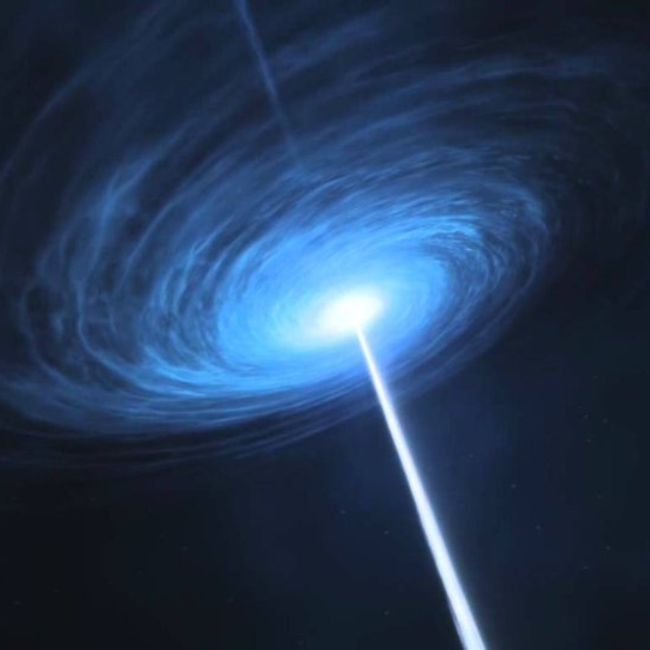
Self calibration technique reveals secrets of quasar
Recommended for Secondary Grades
Researchers in Chile used ALMA (Atacama Large Millimeter/submillimeter Array) to target quasar 3C 273. The quasar is located around 2.4 billion light-years from Earth. 3C 273 is the nearest quasar to the Milky Way.
The glare of the quasar’s light makes it difficult for ALMA to observe the rest of the host galaxy. It is difficult to click the images at the wavelength used by ALMA.
What is a quasar?
Quasar is a massive and remote celestial object which emits large amounts of energy. They have a starlike image in the telescope. They decrease active star formation.
Quasars have bright and faint features. A typical digital camera has a dynamic imaging range, but ALMA is unable to picture the quasars fully.
Technique of self-calibration
Scientists in Japan have found a new technique called self-calibration. It is a trick is to reduce the lights of the quasar 3C 273. It will be used to correct the fluctuations in Earth’s atmosphere that can affect ALMA’s detection of submillimeter radio waves.
ALMA observed the quasar 3C 273 at the frequencies of 93, 233 and 343 GHz. While the technique of self-calibration allowed for dynamic imaging of the quasar and its host galaxy. The images range at the frequencies of 85,000, 39,000 and 2,500 respectively.
The self-calibration technique also shows the details of 3C 273’s host galaxy which stretches for tens of thousands of light-years.
Astronomers believe that there is a connection between the radiation output from active black holes and the suppression of star formation in their host galaxies.
Scientists are observing the other quasars with a similar technique to get a broad perspective of the quasars.
Share your thoughts in the comments below.
![]()
There are many more interesting news articles and information on space for all you kids. We have news and stories on stars, telescopes, galaxies, planets, exoplanets, black holes and much more. Or how about learning more about NASA, CNSA, ISS, ALMA, Hubble, ISRO? Well, keep reading our space news for children on Curious Times. And of course, keep your curiosity sky high!
Over 500,000 children are benefitting from Curious Times today! We continue to seek your valuable feedback to serve you better. Feel free to write to us at hello@curioustimes.in.You can also follow us on WhatsApp, Instagram, Facebook Youtube, Twitter, LinkedIn.
0 (Please login to give a Curious Clap to your friend.)
